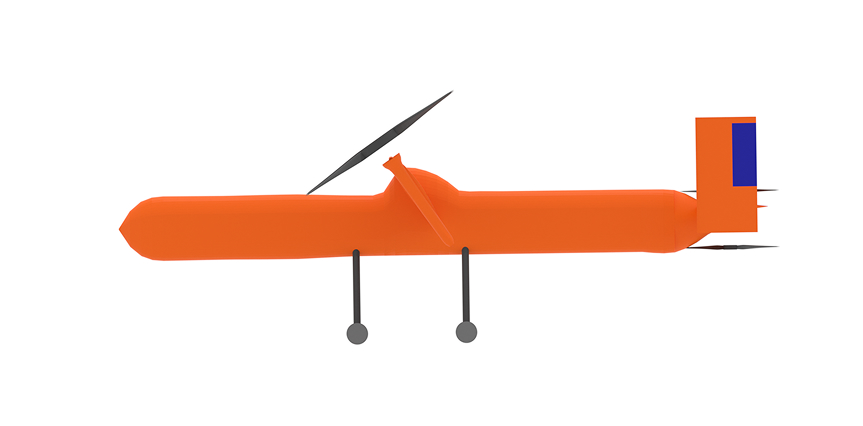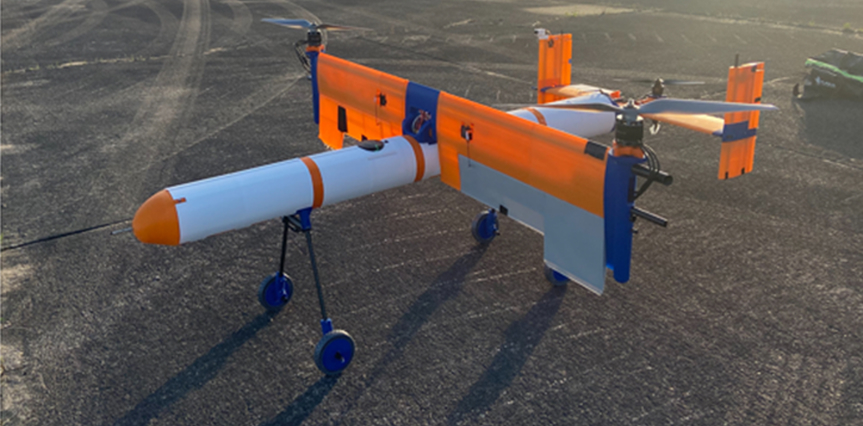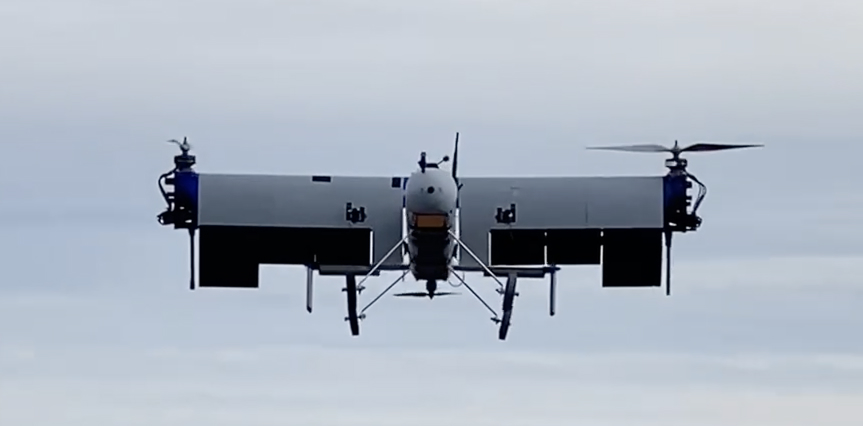Active Flow Control for Tiltwing VTOL Vehicles in Transition
Tiltwing VTOL aircraft face severe aerodynamic challenges during transition between rotor-borne and wing-borne flight, including flow separation, vortex shedding, and loss of control authority. Inspired by the function of avian covert feathers, this project advances beyond passive bio-inspired designs by developing active covert flaps capable of mechanical deployment when required. Mounted on the TAC Stalker Group 2 tiltwing UAS—developed for counter-UAS missions—these flaps will be actively controlled to suppress flow separation and manage aerodynamic instabilities such as wing rock during transition.
The work is conducted in collaboration with Kennesaw State University, integrating high-fidelity CFD, WindShaper wind tunnel testing, and flight experiments to quantify flap-induced stall delay and stability improvements. A digital twin of the tiltwing vehicle, implemented in MATLAB/Simulink, incorporates CFD-derived aerodynamic models to support control law design. Minimal-state control architectures are being developed for real-time flap deployment based on essential flight parameters, with the long-term objective of enabling reinforcement-learning-based adaptive control. Outcomes will include a validated aerodynamic dataset, reduced-order models, and demonstrated improvements in tiltwing transition stability.



Results & Images


